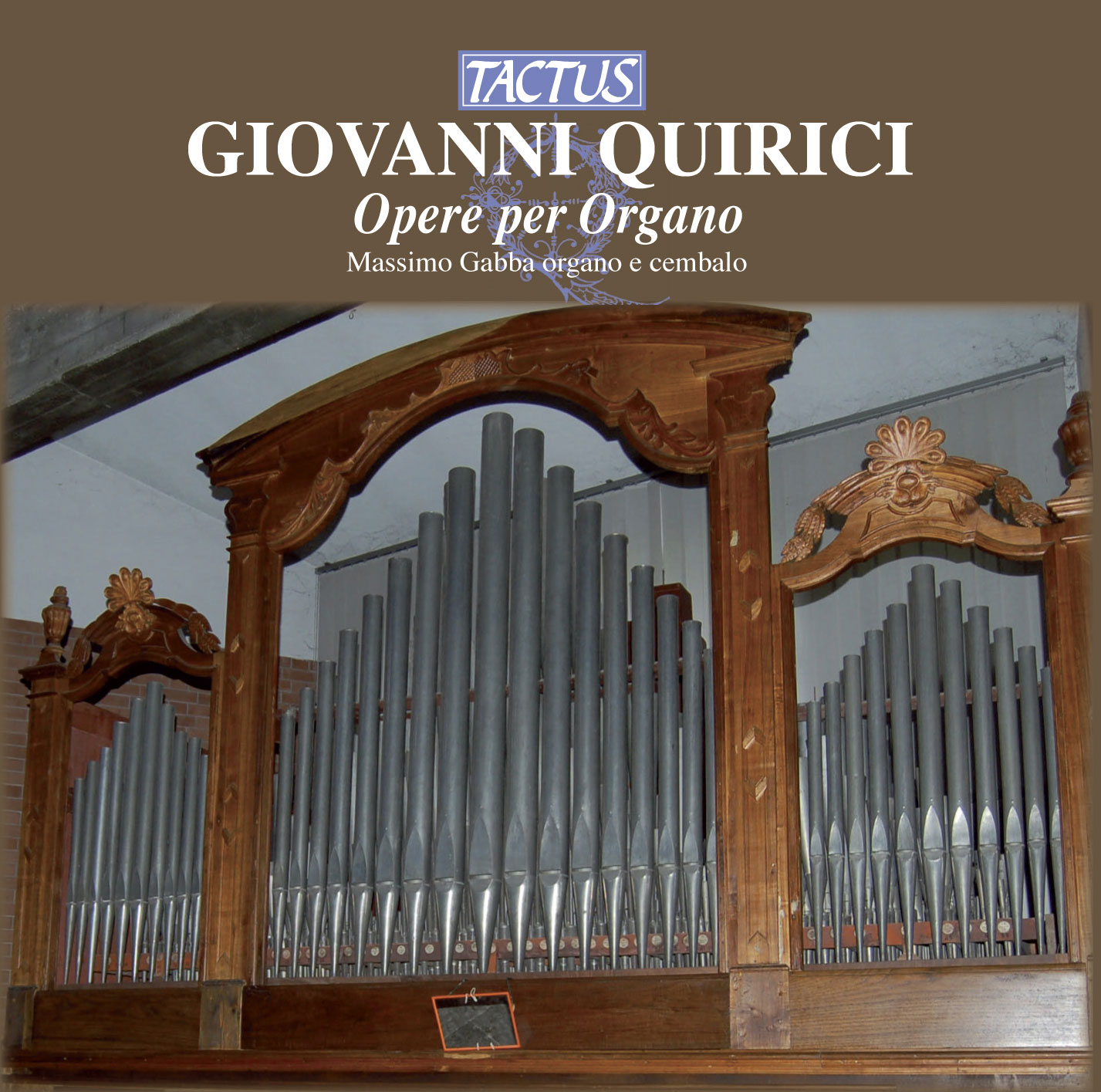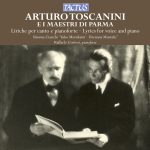QUIRICI GIOVANNI
“He wrote easy, striking music, taking no notice of the severe and academic style; he knew what was going on at that time and took advantage of it, lucky him”.
The easy going way Prospero Succio, a chorister in the Turin Cathedral chapel, presents Giovanni Quirici does not do justice to the music that follows this introduction to his Mass for organ in G major.
Even if it is a seemingly unappreciative tribute to the music and its composer, which had never really emerged from the mists of organistic esotericism, it does at least minimize the importance of the social context that Quirici’s works so aptly represented.
When his music is full of pathos in particular, it sounds to our modern ears, like the transcription of one of Verdi’s most extravagant cabalettas, and his more light-hearted pieces could be melodies heard in a Café Chantant.
It is not surprising that musicologists found a similarity between an offertory by Giovanni Quirici and music by Giuseppe Galimberti and Giuseppe Capitani di Vincenzo, who were also know as the “Turinese Strausses”.
But it is certainly not the sole example of this; music by Quirici’s contemporaries is full of titles that would not be out of place in a novel by Emilio Salgari.
Romualdo Mareco composed pieces entitled ‘Excelsior’ and ‘Sport’, Constantino dall’Argine was influenced by the particular atmospheres in Aida, and wrote ‘Brahma’, ‘Le figlie di Cheope’ (The daughers of Cheops) and even a work called ‘Nerone’.
In Piedmont, when exotic background music was particular popular, a piece was composed for organ with the unlikely title ‘Bordello e Odalisca’.
We are no longer shocked that nineteenth century organ composers turned to popular music, particularly opera, for inspiration when writing sacred works.
Many performers willingly crossed that boundary, and reassessed more an intellectual corner of the mind than a genre.
In a hamlet in the Valle di Lanzo or the Canavese, a generous municipality and an enterprising parish might acquire an important organ, and then find an organist from a nearby metropolis to inaugurate it.
The maestro, borne in triumph, descends from a two-horse cart and makes his way to a two-keyboard instrument.
He would is often the object of envy on the part of less fortunate colleagues or animated contests with those that eyed his important and secure post.
Music like Quirici’s was that of ordinary people, who enjoyed a good tune wherever they could hear one.
They were prepared to be moved or exalted by music as long as it created an effect, even in church – regardless of whether they had a pew with their name on or not.
Within such an historical scenario, this CD remedies the lack of detailed information about a composer who was certainly not one of the minor musicians of his time, and was particularly fortunate compared with many of his colleagues, as the bulk of his music was published in Milan by Martinenghi.
Tracklist
Quirici, Giovanni
Suonata per l'offertorio (I)
1 - Suonata per l'offertorio (I) (4:45)
Suonata per l'elevazione
2 - Suonata per l'elevazione (4:51)
Suonata per la consumazione (I)
3 - Suonata per la consumazione (I) (4:39)
Polkettina marziale per dopo la messa
4 - Polkettina marziale per dopo la messa (2:02)
Suonata per l'offertorio (II)
5 - Suonata per l'offertorio (II) (2:53)
Andante per l'elevazione
6 - Andante per l'elevazione (5:36)
Suonata per la consumazione (II)
7 - Suonata per la consumazione (II) (4:18)
Allegretto moderato per la consumazione
8 - Allegretto moderato per la consumazione (3:16)
Larghetto per l'elevazione
9 - Larghetto per l'elevazione (4:30)
Valzettino in do
10 - Valzettino in do (2:56)
Allegretto grazioso
11 - Allegretto grazioso (2:06)
Allegretto per dopo la messa
12 - Allegretto per dopo la messa (3:17)
Finale per dopo la messa
13 - Finale per dopo la messa (2:09)
Ripieno di introduzione
14 - Ripieno di introduzione (3:57)
Allegretto per l'epistolia
15 - Allegretto per l'epistolia (1:21)
Suonata per l'offertorio (III)
16 - Suonata per l'offertorio (III) (5:53)
Andantino per l'elevazione
17 - Andantino per l'elevazione (3:26)
Suonata per la consumazione (III)
18 - Suonata per la consumazione (III) (5:21)
Polka marziale per dopo la messa
19 - Polka marziale per dopo la messa (2:28)
- Composer: QUIRICI GIOVANNI
- Performers: Massimo Gabba, Organ
- Historical Period: Romanticism
- Code: TC 821701
- Edition: JUNE 2008
- Barcode: 8007194104219
- Set: 1
- Total tracks: 19
- Total duration: 01:10:16






